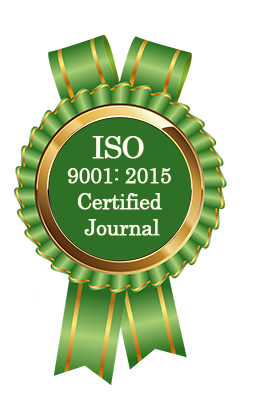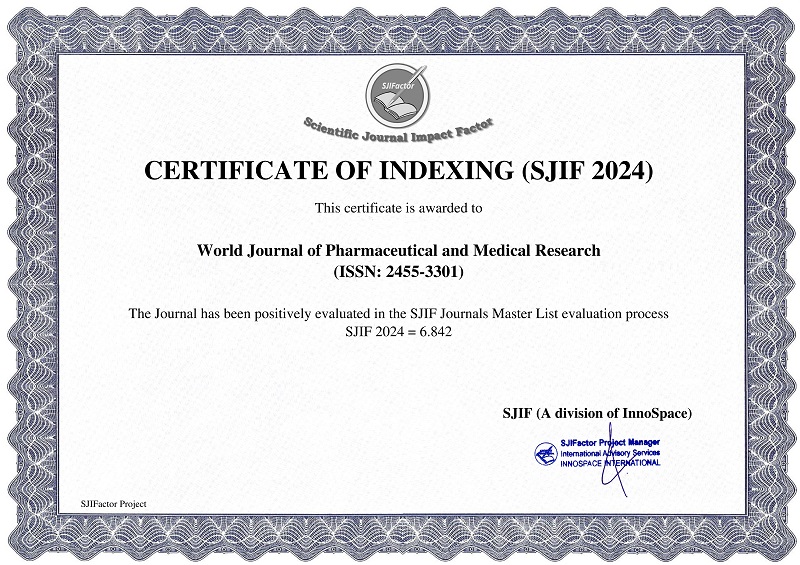A COMPARATIVE STUDY ON ASSESSING THE INFLUENCE OF STRESS ON SALIVARY ALPHA AMYLASE IN FIRST YEAR DENTAL COLLEGE STUDENTS BEFORE AND AFTER INTERNAL EXAMINATION
Nelson Aruldoss*, Elakkiya Pichaimani, Sharon Gladsie
ABSTRACT
Stress is an integral component of human life and is often regarded as a defining characteristic of modern living. Depending on individual perception and coping mechanisms, it can act as a source of motivation or a precursor to psychological distress. Despite extensive research, a reliable and non-invasive biochemical marker for accurately assessing stress intensity has not yet been firmly established. In recent years, saliva has emerged as a promising medium for identifying biomarkers associated with various physiological and behavioral responses. Salivary secretion is primarily regulated by the sympathetic nervous system via activation of the sympatho-adreno-medullary (SAM) axis, which is closely linked to acute stress. Activation of this axis influences the secretion of salivary α-amylase, with its levels fluctuating in accordance with stress intensity. Consequently, salivary α-amylase is increasingly recognized as a potential non-invasive biomarker for evaluating acute stress in humans. In the present study, stress level and salivary amylase activity was measured an hour before and after among 30 students from Bachelor of Dental Surgery (BDS) first years. The level of the salivary amylase was found to be significantly increased an hour before exam and significantly reduced an hour after the exam. Elevated salivary α-amylase activity observed among students may reflect increased physiological stress levels in this population. Moreover, data analysis demonstrated a strong positive correlation between stress scores and salivary α-amylase activity, reinforcing the potential of this enzyme as a reliable biochemical indicator for assessing stress intensity.
[Full Text Article] [Download Certificate]



